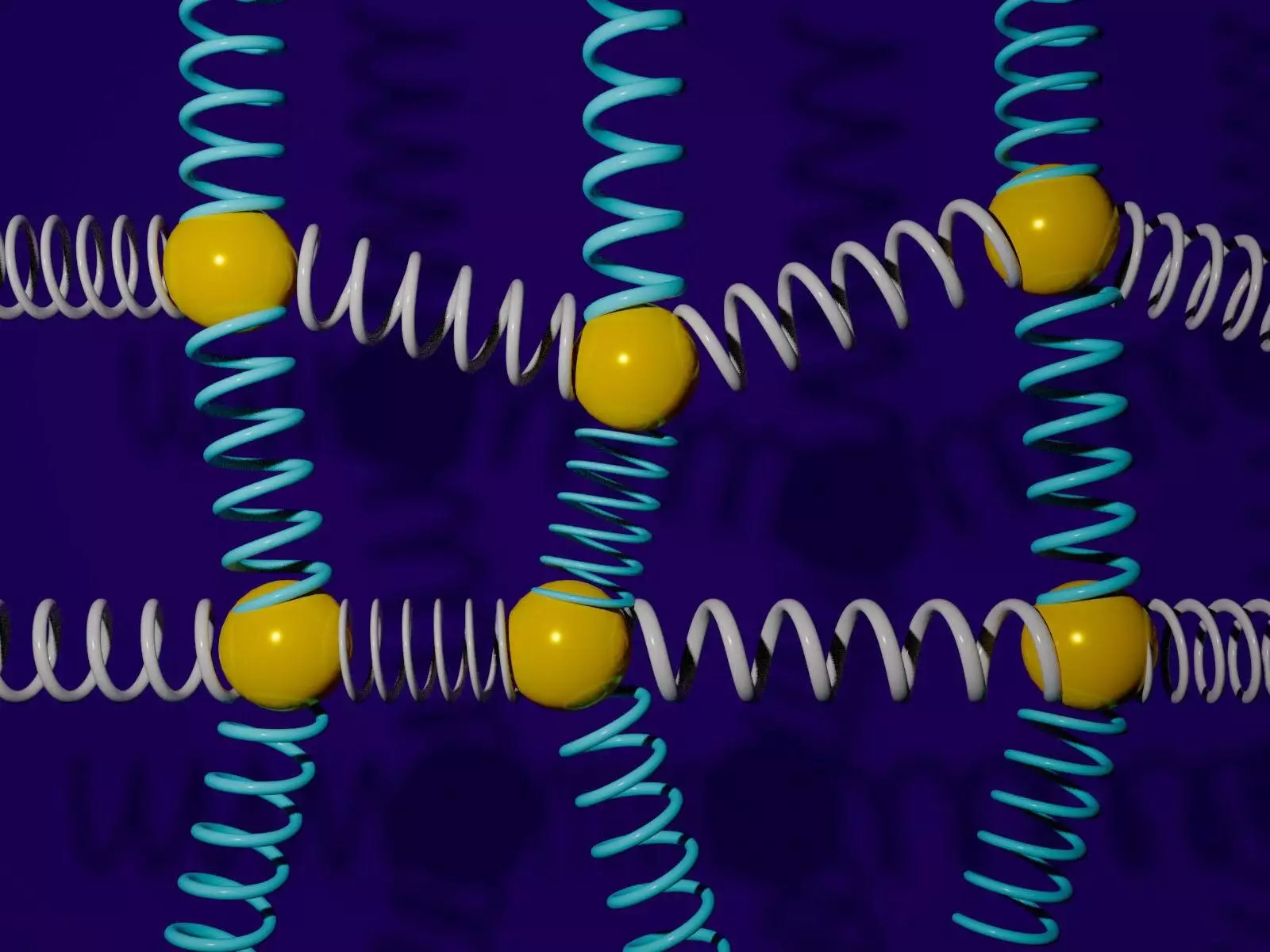“Though “coupled oscillations” may not sound familiar, they are everywhere in nature.” This statement sets the stage for understanding the importance of coupled harmonic oscillators and their application in various scientific and engineering fields. These interacting systems play a crucial role in describing complex systems like bridges, atomic bonds, and gravitational effects between celestial bodies.
Recently, a new quantum algorithm developed by Pacific Northwest National Laboratory (PNNL) joint appointee, Nathan Wiebe, in collaboration with researchers from Google Quantum AI and Macquarie University, has revolutionized the simulation of coupled oscillatory systems on quantum computers. This algorithm offers exponential advantages over classical algorithms by efficiently mapping the dynamics of coupled oscillators to a Schrödinger equation.
The groundbreaking aspect of this research lies in the potential exponential speedup offered by the algorithm for simulating quantum computers. By demonstrating that coupled harmonic oscillators can simulate an arbitrary quantum computer, the researchers have highlighted the computational power embedded within systems of interacting masses and springs. This finding challenges the notion of classical computers being on par with quantum computers.
The study also delves into the theoretical constraints surrounding the calculation of these dynamics. The researchers address the possibility of simulating these dynamics in polynomial time on classical computers, which would diminish the superiority of quantum computers. However, existing evidence points towards the unmatched computational power of quantum computers, reinforcing the argument for the exponential speedup offered by the new algorithm.
The development of this quantum algorithm for simulating coupled oscillatory systems marks a significant advancement in the field of quantum computing. By bridging the gap between classical dynamics and quantum mechanics, researchers have not only demonstrated an exponential speedup but also unearthed a novel link between quantum dynamics and harmonic oscillators. This work paves the way for future innovations in quantum computing and highlights the potential of coupled oscillations in pushing the boundaries of computational efficiency.


Leave a Reply